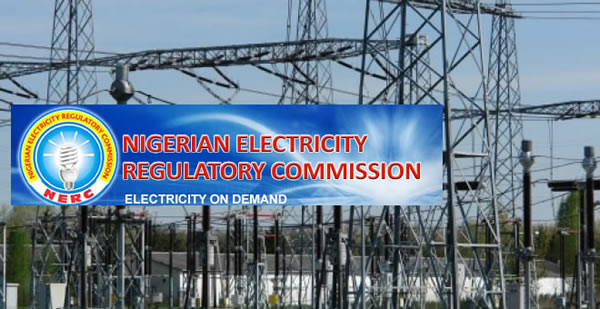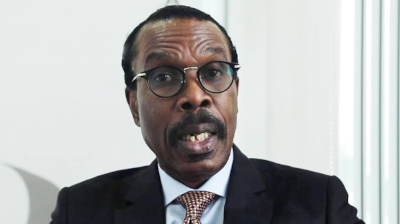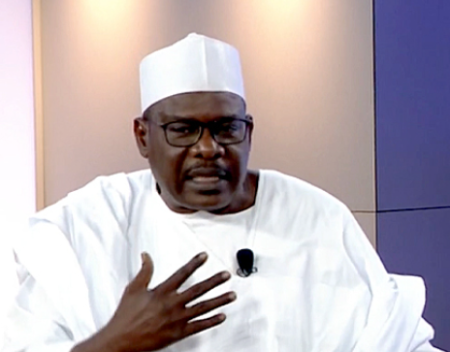In the second quarter of 2024, the Niger Delta Power Holding Company’s four power plants—Omotosho NIPP, Ihovbor NIPP, Alaoji NIPP, and Sapele GT NIPP—were unable to produce any electricity, as reported by the Nigerian Electricity Regulatory Commission (NERC). These plants, part of the National Integrated Power Project, collectively have an installed capacity of 2,000 megawatts but recorded a zero Plant Availability Factor (PAF) during this period due to persistent gas shortages. The PAF indicates the actual output in relation to the plant’s capacity, and the absence of production from these facilities highlights a significant shortfall in the energy supply chain. Such failures are particularly concerning, considering that the overall availability factor across all grid-connected plants was only 32.30%, indicating a troubling state for the country’s electricity supply system.
The report underscores that this marked the second consecutive quarter where all four plants demonstrated a PAF of less than 5%, largely attributed to gas supply issues. This recurring problem emphasizes the fragility of Nigeria’s energy infrastructure, where dependency on gas resources has caused widespread power generation challenges. Despite the disappointing performance of these plants, the NERC noted that the management of Niger Delta Power Holding Company is actively addressing the gas supply problems in collaboration with its suppliers and relevant stakeholders. This approach is critical for averting future disruptions and enhancing the overall reliability of the country’s electricity generation capabilities.
In addition to the woes faced by the thermal plants, the NERC reported declines in the performance of hydropower plants during the same quarter, affecting major establishments such as Dadin Kowa and Kainji. This decrease is partly seasonal, as the availability of water, crucial for hydropower generation, typically fluctuates from January to July each year. The fact that the total number of grid-connected plants rose to 28 with the addition of Zungeru hydropower plant—operational since April 29—provides a glimmer of hope amidst broader systemic issues. Nonetheless, the overall shift in available generation capacity among the plants hints at the ongoing challenges in achieving a balanced and dependable energy output.
The NERC’s report revealed a decrease in the average available generation capacity from grid-connected plants, falling from 4,249.10 MW in the first quarter of 2024 to 4,024.81 MW in the second quarter, excluding contributions from Zungeru. This decline can largely be attributed to 20 grid-connected power plants noting decreased output capacity. Results were mixed; however, a few plants like Egbin ST and Rivers IPP registered notable increases in available capacity, while others, including Sapele GT NIPP and Ihovbor NIPP, suffered severe drops. Such discrepancies showcase the inconsistent performance of different plants, sparking questions about operational resilience and regulation in the sector.
Meanwhile, thermal plants, which provided the bulk of Nigeria’s energy mix at 73.02%, also demonstrated a cumulative average hourly generation decline of 2.62% in the second quarter. Here too, multiple thermal plants struggled to maintain output due to gas resource limitations and mechanical faults. With some plants recording significant drops in their generation—like Olorunsogo NIPP’s output plummeting to as low as 14.54 MW/h—these figures further emphasize the crisis facing Nigeria’s power supply infrastructure. Efforts to optimize the generation mix remain paramount to meeting the growing energy demands and navigating seasonal fluctuations inherent in hydro capacities.
In response to these developments, the Minister of Power, Adebayo Adelabu, expressed optimism about Nigeria’s power generation capabilities, claiming an increase to 5,500 MW with ambitions to reach 6,000 MW by year’s end. However, such projections hang precariously on the resolution of ongoing challenges with gas supply and the overall performance of the existing power plants. The juxtaposition of government aspirations against the current operational realities raises critical questions about the trajectory of Nigeria’s energy sector. As the country grapples with these operational shortcomings, immediate and strategic actions are necessary to stabilize and revitalize the power generation landscape, ultimately ensuring a consistent and reliable electricity supply for the populace.














